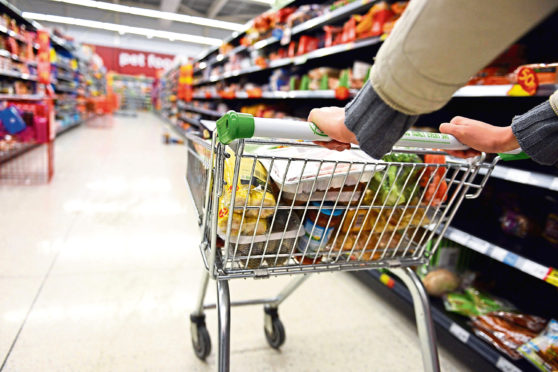Hostilities between the UK and EU over the December trade deal are being dialled back, but the process is slow with no guarantee of early successes.
The committee structure to tackle problems, such as those affecting the Scottish fishing industry, is beginning to work, but the process is slow and predictably bureaucratic.
Based on early figures the UK is suffering more problems getting food exports into the EU than is the case the other way around.
The UK has been criticised for not allowing EU authorities mutual access to customs computer systems. Progress depends on the UK accepting it is now just another third country that cannot expect special treatment.
For its part, the EU needs to accept the reality of Brexit and move away from punishing the UK to ensure other member states are not tempted to leave. The overall sense remains that the EU has parked Brexit and moved on, while the UK continues to struggle over its trading relationship with its biggest export market.
Different rules in the EU and UK remain one of the big long-term challenges for UK exporters.
The current trade agreement is a snapshot in time in terms of regulations, but as the EU and UK go their separate ways with food safety and other legislation, trade red tape could become more difficult than it already is.
The principle of equivalence – mutual recognition of standards – was watered down by the UK as part of its sovereignty arguments during the negotiation.
The European Food Safety Authority (EFSA) has now been charged with developing nutritional and other labelling for food packaging to apply across all member states by 2023. This is part of the EU’s Green Deal strategy.
If the UK does not adopt the same standards it may find that its packaging and testing regulations no longer leave food eligible for export to the EU.
Meanwhile, world food prices have reached their highest level since 2014.
United Nations Food and Agriculture Organisation figures show prices rose by 4.3% from December to February, reflecting higher oil prices and expectation that 2021 production could be lower in key agricultural areas.
